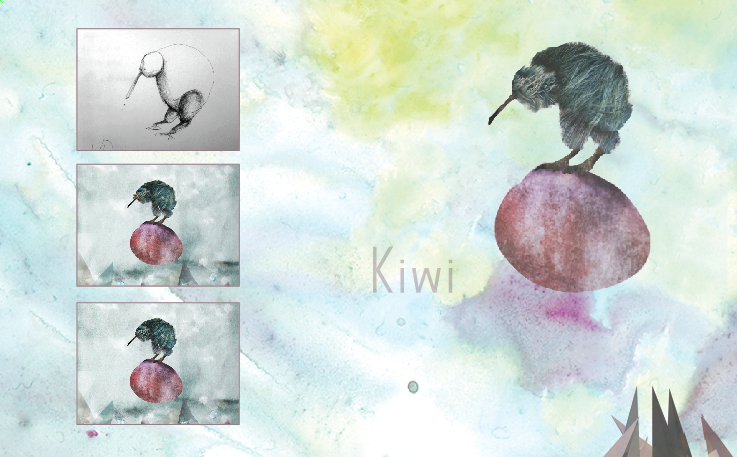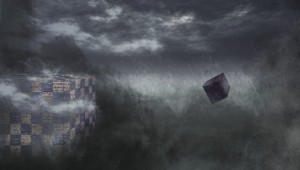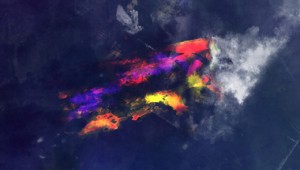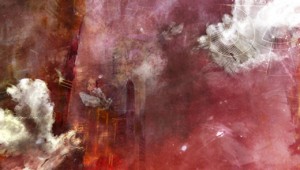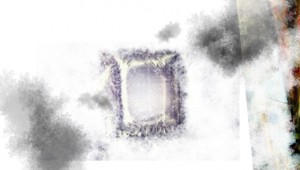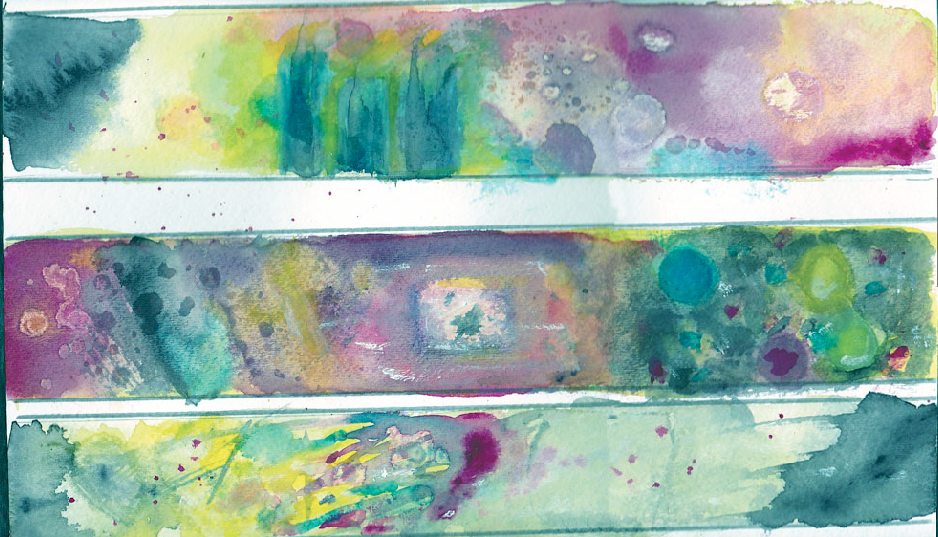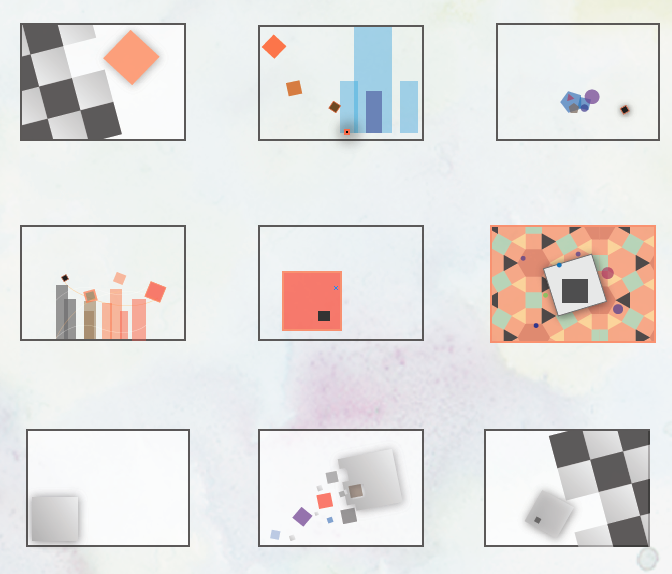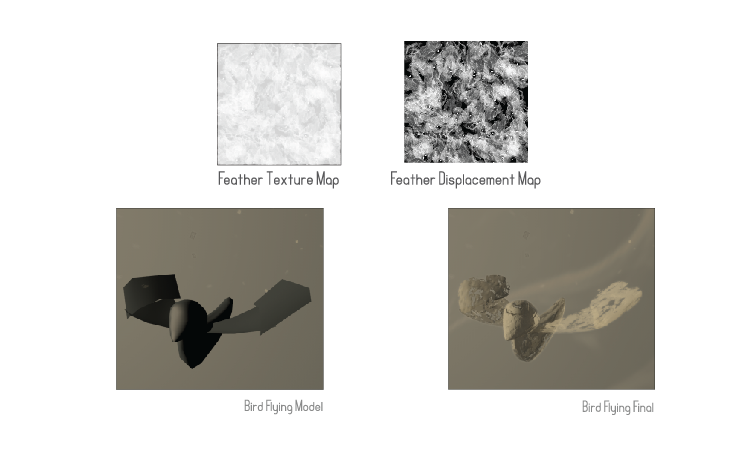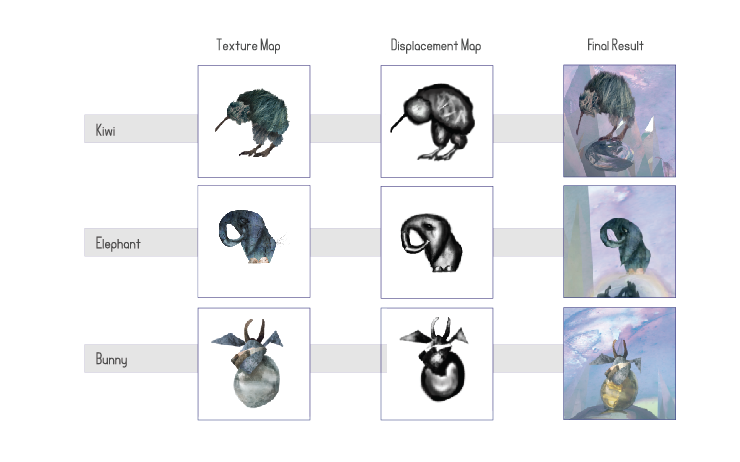“Flake” by Fulya Guney
Mandelbrot found that volumes of math, beauty, and the infinite in the universe could be contained in a single snowflake, and I’ve found those properties in “Flake”, an animation created by Fulya Guney in 2012. It serves as her graduate thesis from the Academy of Art University in San Francisco. A talented artist from Turkey, Fulya has a background in graphic design from Bilkent University in Turkey. I’ve worked with Fulya in my courses at AAU in the graduate New Media program. As Fulya learned the tools of motion graphics, her interest in animation was piqued, and she began taking courses in the animation department.
The result? The astonishingly fresh “Flake” a watercolor/motion/animation project. I’ve asked Fulya to share some of the process of creating “Flake” as well as generally share her approach.
Colin@movecraft: What is Flake? How did it come about?
Fulya Guney:
“Flake” is a story of an adaptation, seeking new forms in an experimental medium. I was actually trying to come up with a concept that reflects infinity and during my research I got my motivation from Escher’s wisdom and Mandelbrot’s mathematical yet poetic mind. I chose to work on an “adaptation” to be able to reflect my personal experiences and emotions through motivation gained. The purpose is to show adaptation in action and a looping endless animation by allowing the audience to participate in the process.
I chose Flake as a name, because Flake was my start up point as in “snowflake”. A snowflake is fragile but it gets stronger once it lands and gets stiffer in order to adapt in its environment quickly. If you zoom into a flake you’ll perhaps see different arrangements but still you’ll be able to zoom in forever. Just like in our lives we go through stages of adaptation in in life but we find ourselves being repeated in patterns interpreted differently over and over again.
C@M:What is your background?
I earned my BFA in Graphic Design and besides my education; I have also worked in design companies where I worked for commercials, websites and printed materials. Other than that, I tried to work out on my illustration skills and some of my illustrations were published in several design magazines in Turkey.
At the Keith Haring retrospective at SFMOMA, there was a permission note from one of his art instructors while he was in school that read something along the lines of “We extend to Keith full use and exploration of the use of the copy machine.” It’s always stuck with me that in something so straightforward and pedestrian, Haring had found an artistic tool ripe for abuse. Your approach has always always reminded me of that note, in that what I think is a straightforward tool in software, you typically found some way to use it that was different and alternative. Does your background have something to do with that? How did you use/abuse the tools?
I do believe that my background in graphic design helped to shape my skills. Traditional art as well, which I think also enabled me to think outside of the box and approach the creation process using new and unexpected perspectives. Ever since, I’ve always tried not to directly copy an idea into my art pieces, I’m always more comfortable when I create something that hasn’t been done before. Therefore I committed myself to mix traditional media with digital media to obtain appealing looks.
You had two directed studies, one with me for the animation and one for the visual development… Talk a little about the non-software side and how did having both influence the project?
For the visual development part I worked with David Ball who is a local illustrator and fine art artist in San Francisco. I was actually very glad that I had a chance to work with him because he is one of my favorite illustrators. His style has a very experimental approach and also his abstract pieces always present a voice. Therefore I really wanted to learn how he concepts and finalizes his own pieces within an abstract form. Shaping an abstract idea and creating a short animation out of that was a very hard process for me. David helped me to breakdown the process into some stages which really helped me to engage my ideas into the animation piece.
On the other side with you, I was experimenting with the visuals I have in my head, testing out how to bring them to life, which was again very challenging and at the same time truly exciting. In the end I learned many new approaches and improved my skills a lot. Although one side was technical with you and the other side was more visual and concept, I think both balanced each other very well.
You had a custom soundtrack created by San Francisco electronic musician Nonagon. Talk about the role of the music in the project.
It was great to include his talent in my project. His style has a very experimental approach and also his abstract pieces always present a voice. He purely reflected the mood and I really enjoyed working with him. Music was important because to me it has a key role — to get the mood of an animation. Also I believe that his sound design added a lot to my project, because with the help of that, most of the abstract visuals came more into focus.
What’s next? Commercials?
Well, I’ve been always fascinated by creative title sequences since I was a little kid. In fact, it has a big influence on me for choosing a career in motion graphics. So besides working on commercials I’d love to have a chance to work on movie title sequence designs and also related projects.
Thanks Fulya!
Check out the full site with breakdowns and more at: flake.fulyaguney.com
Find out more:


